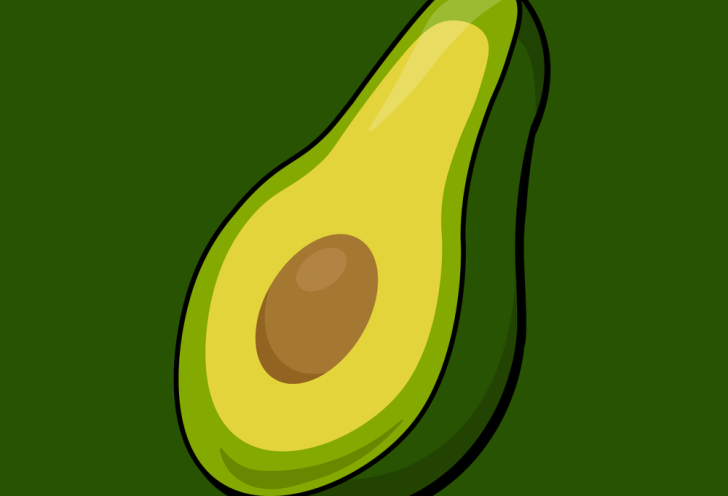Raw Food Diet: The Ultimate Guide to a Healthier Lifestyle

Introduction
The raw food diet has gained significant popularity in recent years as more people strive to lead healthier lives. This dietary approach involves consuming unprocessed and uncooked foods in their natural state. In this comprehensive article, we will delve into the world of the raw food diet, exploring its various types, benefits, drawbacks, and historical context. By the end, you will have a thorough understanding of this lifestyle choice and how it can improve your overall well-being.
I. An Overview of the Raw Food Diet

The raw food diet revolves around the principle of eating foods in their most natural form – uncooked, unprocessed, and preferably organic. Advocates of this lifestyle contend that by consuming raw foods, the body benefits from maximum nutrient absorption and the preservation of valuable enzymes. This section will provide an in-depth understanding of the basic tenets underlying the raw food diet.
II. The Various Types of Raw Food Diet
There isn’t a single definitive version of the raw food diet; instead, various types cater to individuals’ diverse preferences and dietary needs. These types include the following:
1. Raw vegan diet: This variant encompasses a plant-based diet, consisting mainly of fruits, vegetables, nuts, seeds, and sprouted legumes.
2. Raw vegetarian diet: Similar to a raw vegan diet, this type allows for the inclusion of certain dairy products and eggs to meet individual preferences and nutritional requirements.
3. Raw omnivorous diet: Unlike the previous two types, this variant permits the consumption of raw animal products, such as raw meat, raw fish, and raw dairy. It adheres to the belief that these foods provide essential nutrients that are otherwise lost through cooking.
III. Quantitative Measurements of the Raw Food Diet
While the raw food diet emphasizes consuming uncooked foods, it doesn’t necessarily mean disregarding all forms of cooking. This section will explore different quantitative measurements associated with this lifestyle. These include:
1. Temperature limitations: The raw food diet generally restricts cooking temperatures to 40-49C (104-120F) to preserve nutrient content and natural enzymes.
2. Percentage of raw versus cooked foods: Adherents of the raw food diet often strive for at least 75-100% of their daily food intake to be raw, although some may opt for a less strict approach.
IV. Understanding the Differences among Raw Food Diets
Despite their shared emphasis on consuming raw foods, different variations of the raw food diet can significantly differ from one another. This section will discuss some key differentiating aspects, including:
1. Philosophical differences: Variations in raw food diets stem from philosophical beliefs, including ethical concerns, conservation, and sustainability, among others.
2. Nutrient composition: Each version of the raw food diet offers distinct nutrient profiles. For instance, a raw vegan diet is typically high in fiber and antioxidants, while a raw omnivorous diet may provide additional protein and certain micronutrients.
V. Historical Review of the Pros and Cons of Raw Food Diets
Raw food diets have been present throughout history, with proponents arguing their numerous benefits, while critics raise concerns about potential drawbacks. This section will explore the historical context of these diets, including:
1. Early raw food enthusiasts: Examples of historical figures who advocated for raw food diets, such as Swiss physician Maximilian Bircher-Benner and American author Ann Wigmore.
2. Health benefits and potential risks: A discussion on the claimed health benefits, such as increased energy levels and improved digestion, as well as potential risks, such as nutrient deficiencies and foodborne illnesses.
Conclusion
In conclusion, the raw food diet encompasses a diverse range of dietary approaches centered around consuming unprocessed and uncooked foods. While the specific type and level of rawness may vary, adherents of these diets share a common belief in the potential health benefits of consuming foods in their most natural state. By understanding the various types, quantitative measurements, and historical context of raw food diets, individuals can make informed decisions about whether to incorporate this lifestyle choice into their own lives. Remember, it is always essential to consult a healthcare professional before making significant changes to your diet. Embrace the nutritional abundance of nature and discover the transformative potential of the raw food diet today.





















